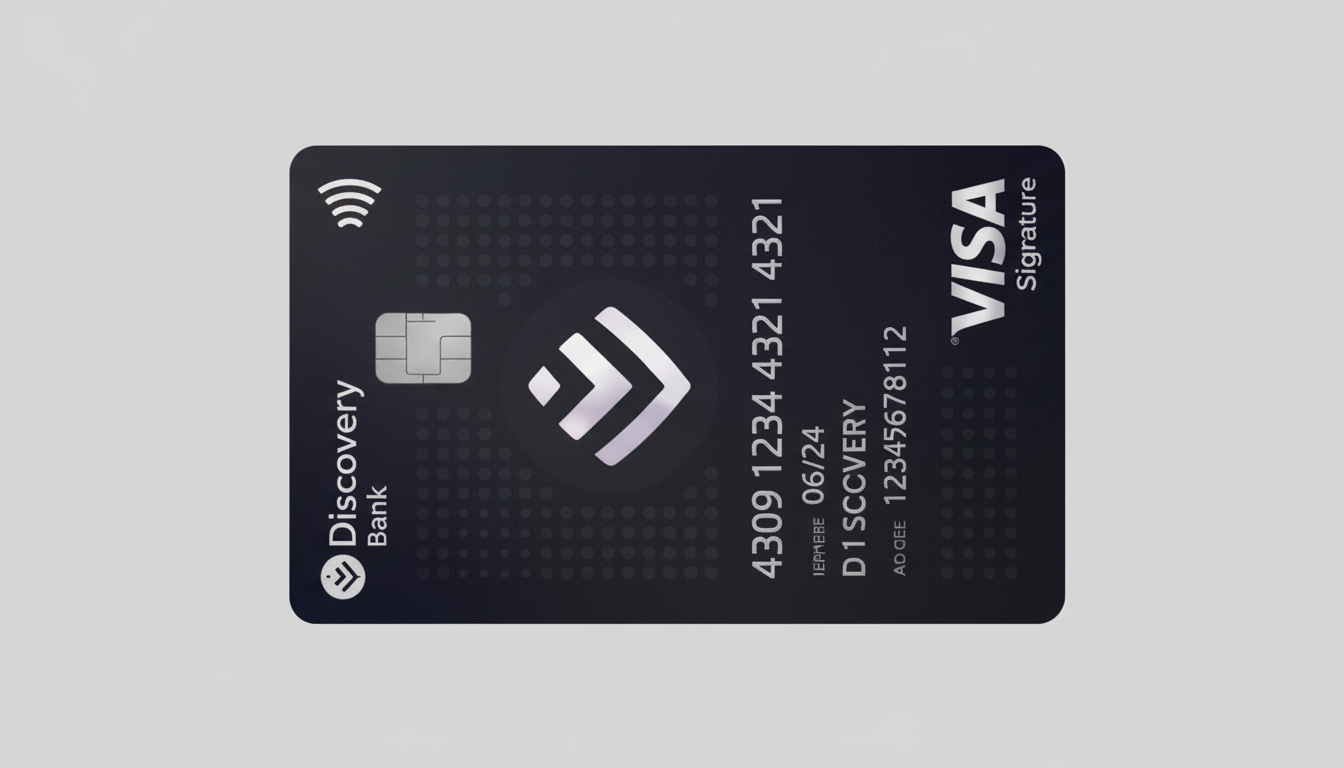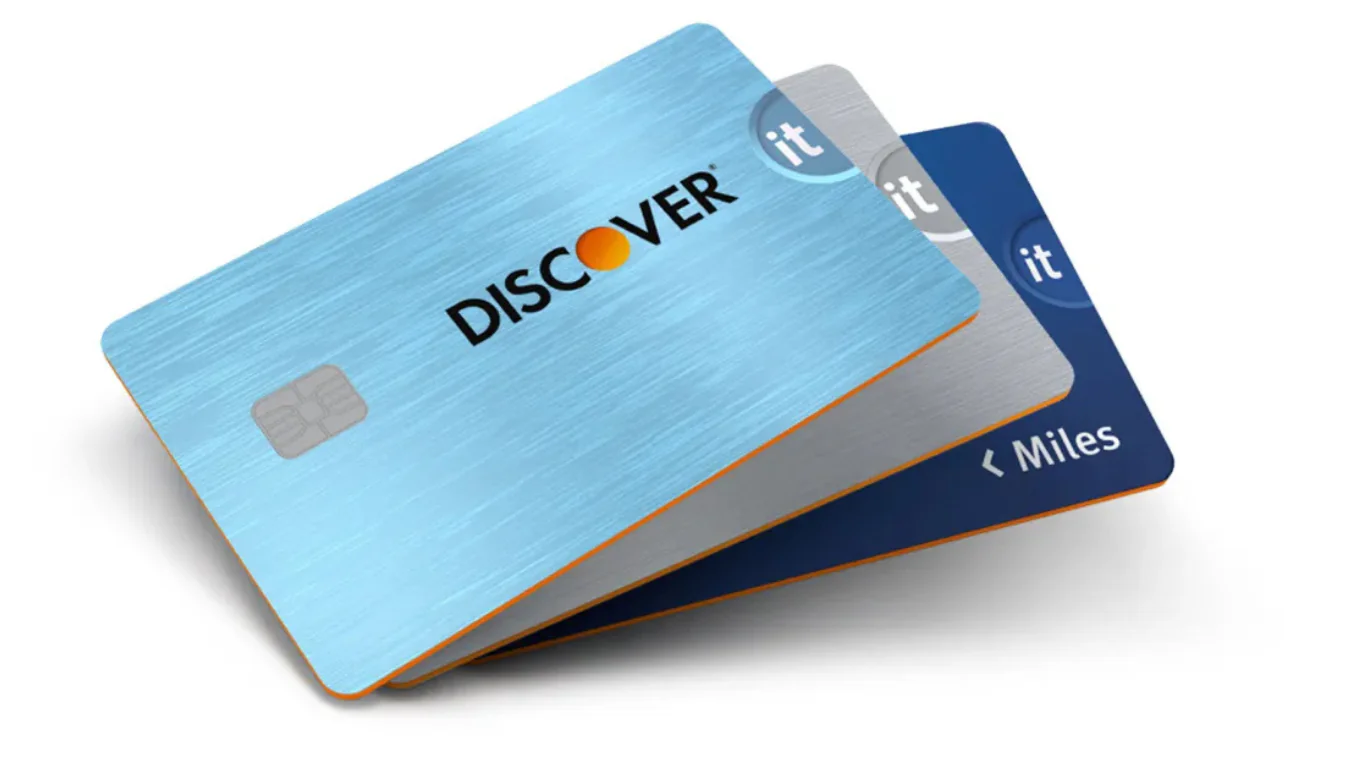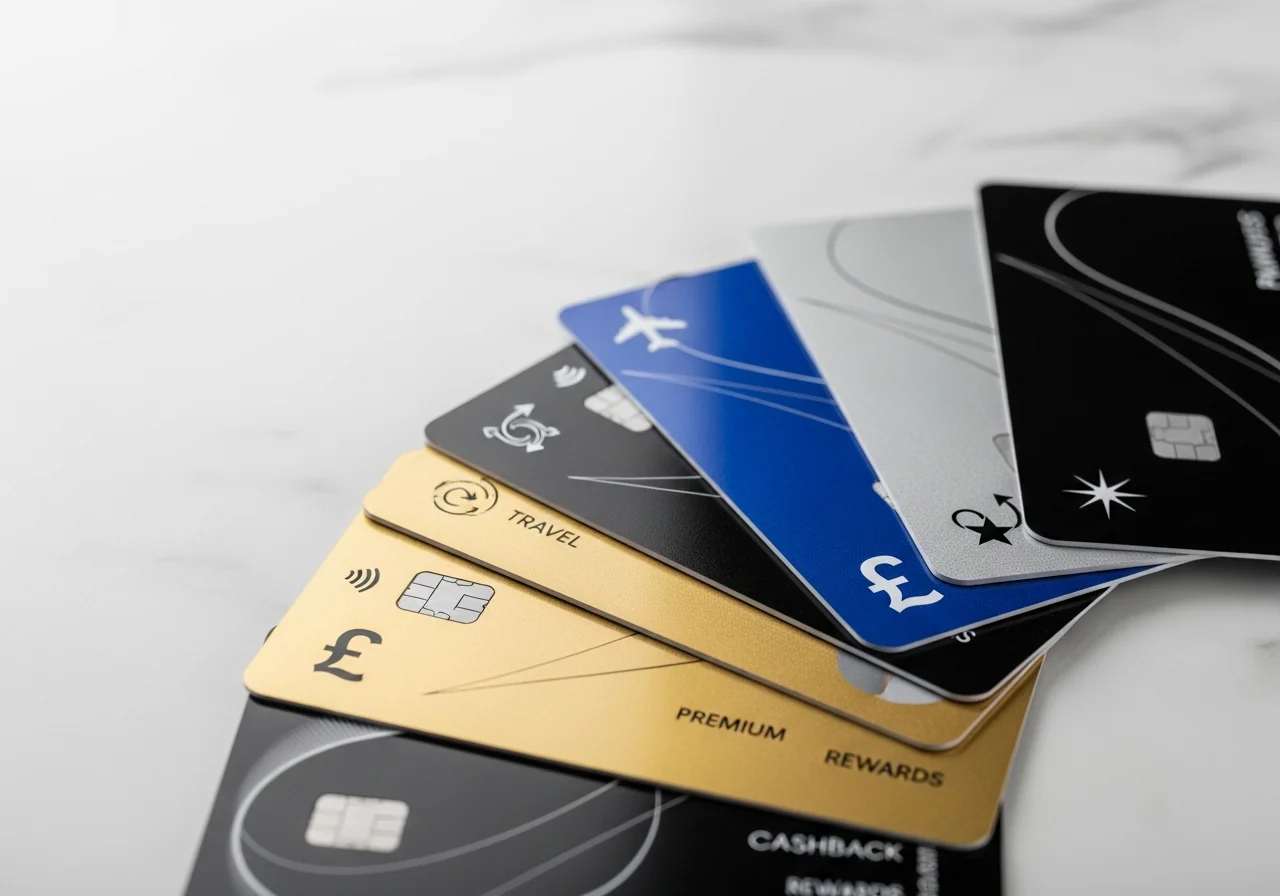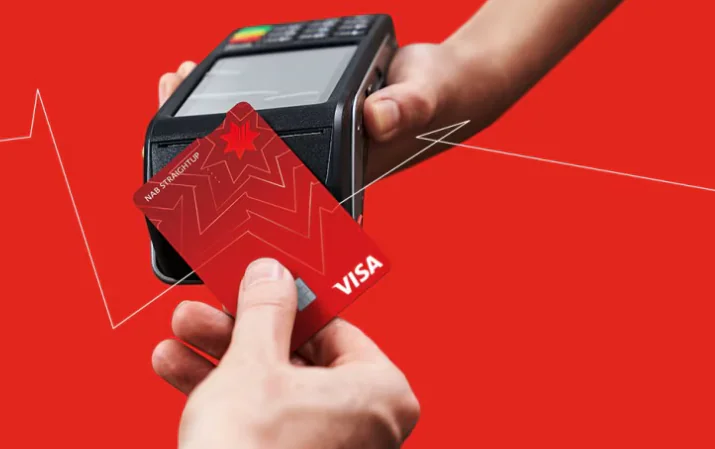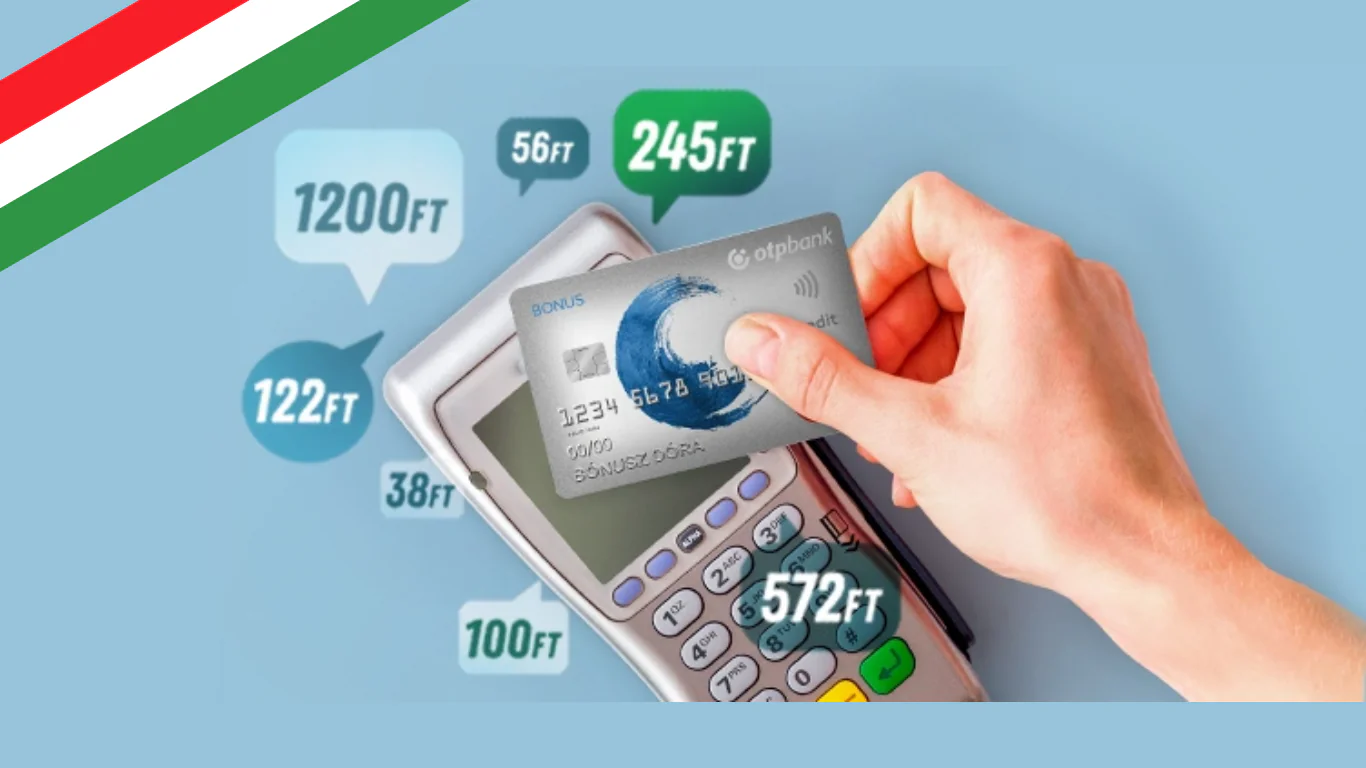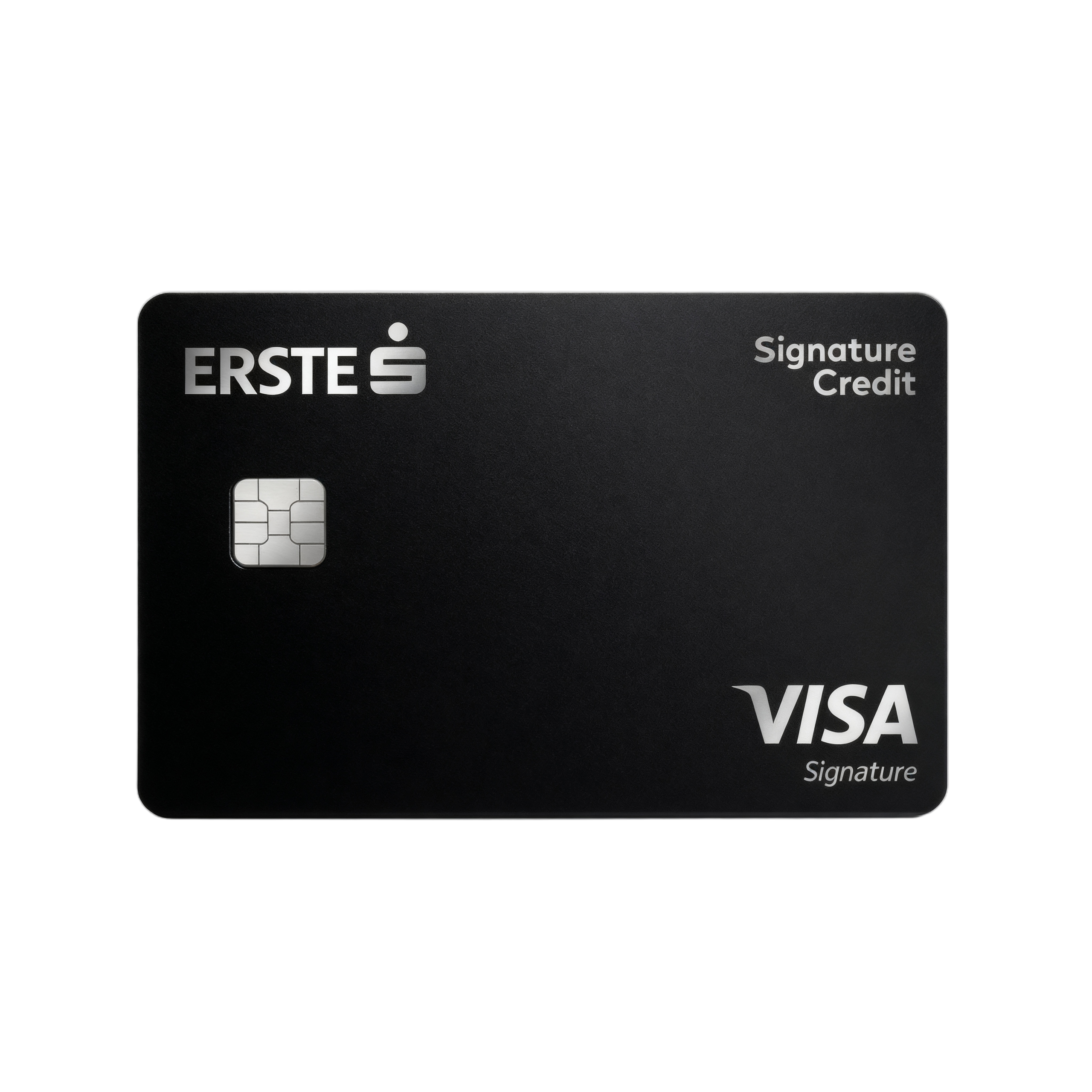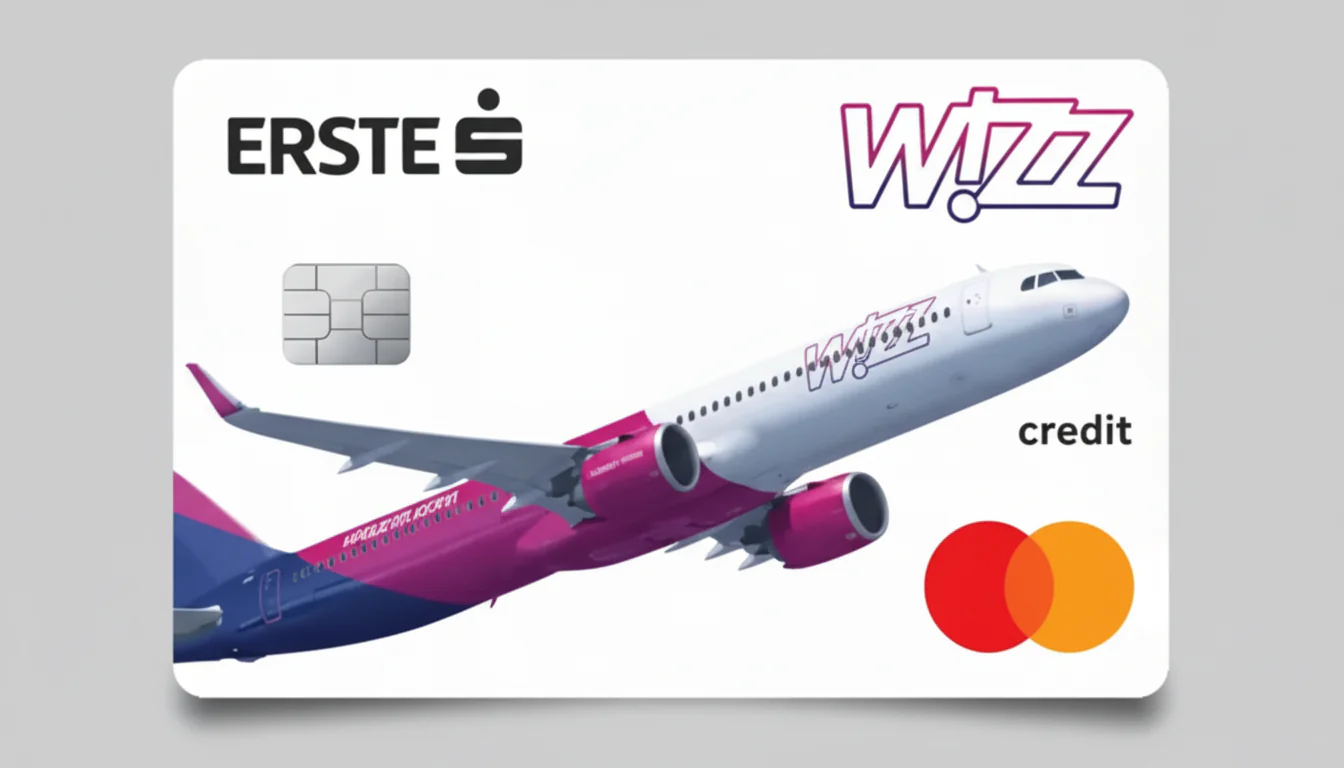Choosing the right credit card in Australia can feel overwhelming with hundreds of options flooding the market. With interest rates, annual fees, and rewards programs varying dramatically, making an informed decision requires careful comparison.
Whether you’re seeking low interest rates, premium travel rewards, or zero annual fees, understanding your financial habits is crucial before committing to a card.
This comprehensive guide examines 24 of Australia’s most competitive credit cards across major categories. We’ll break down low rate options, rewards programs, travel cards, and no-fee alternatives to help you identify your ideal match.
You’ll discover how cards from Westpac, Commonwealth Bank, ANZ, NAB, and specialty providers compare across key metrics. We’ll explore interest-free days, balance transfer opportunities, and the true value of rewards programs.
By understanding the strengths of each card category, you can make a confident choice that aligns with your spending patterns and financial goals.
Recommended reading: How to Compare Credit Cards in Australia: Essential Features Guide
Understanding Credit Card Categories in Australia
Australian credit cards fall into distinct categories, each designed for specific financial needs and spending behaviors. The market divides primarily into low rate cards, rewards cards, travel cards, and no annual fee options.
Low rate credit cards prioritize affordability over perks. Cards like the Westpac Low Rate Mastercard and Commonwealth Bank Low Fee Credit Card typically offer purchase rates between 9% and 13% annually, making them ideal for carrying balances occasionally.
These cards generally feature minimal or moderate annual fees. While they lack elaborate rewards programs, they excel at reducing interest charges for consumers who don’t pay off balances monthly.
The trade-off is straightforward—you sacrifice points and perks for substantial savings on interest costs. For many Australians managing everyday expenses, this represents better value than accumulating rewards while paying high interest rates.
Top low rate options include:
- Westpac Low Rate Mastercard – Competitive purchase rate with established bank backing
- Commonwealth Bank Low Fee Credit Card – Minimal annual cost with reliable service network
- ANZ Low Rate Credit Card Visa – Strong digital banking integration
- NAB Low Rate Card Visa – Flexible payment options and manageable fees
- HSBC Low Rate Credit Card – International bank perspective with local competitive rates
Related guide: Low Interest Credit Cards Australia: How to Save on Purchase Rates
Premium Rewards and Travel Credit Cards
Rewards credit cards transform everyday spending into valuable benefits through points programs, cashback, or travel perks. These cards suit consumers who pay balances in full monthly and maximize category bonuses.
The American Express Qantas American Express Ultimate stands as a flagship rewards option. It delivers substantial Qantas Points per dollar spent, particularly in supermarkets and fuel stations where earning rates can double.
Annual fees on premium cards typically range from $150 to $450. The calculation becomes simple—will your annual spending generate rewards value exceeding the fee? For frequent travelers and big spenders, the answer is often yes.
Airline Partnership Cards
Partnership cards like Qantas Money Platinum and Virgin Money Velocity Flyer Credit Card integrate directly with frequent flyer programs. Every purchase contributes to flight redemptions, upgrades, and airline-specific benefits.
These cards frequently include complimentary insurance coverage for travel, purchases, and rental vehicles. Premium versions may offer airport lounge access and additional travel credits, adding substantial value beyond basic points earning.
The Virgin Money Velocity Flyer appeals to domestic travelers, while the Qantas American Express Ultimate suits those flying Qantas or Oneworld alliance partners internationally. Your travel patterns should dictate your choice.
Compare credit card offers carefully when evaluating rewards programs—the highest earning rate doesn’t always deliver the best value if redemption options are limited or restrictive.
Premium rewards lineup:
- American Express Qantas Ultimate – Industry-leading Qantas Points earn rate with supermarket bonuses
- Qantas Money Platinum – Direct Qantas integration with competitive earn rates
- Virgin Money Velocity Flyer – Velocity Points accumulation with Virgin-specific benefits
- HSBC Platinum – Flexible rewards program with multiple redemption options
Must-read: Maximizing Credit Card Rewards: Australian Points and Miles Strategy
No Annual Fee and Low Fee Credit Cards
Zero annual fee credit cards eliminate ongoing costs while maintaining core credit card functionality. These cards prove ideal for occasional users, students, or anyone prioritizing simplicity over rewards complexity.
The Coles Rewards Mastercard represents a standout in this category. It charges no annual fee while still offering Flybuys points on purchases, creating value without the typical cost burden of rewards cards.
Low fee alternatives like the Commonwealth Bank Low Fee Credit Card charge minimal annual amounts—typically under $60—while providing essential features including interest-free periods and purchase protections.
These cards won’t deliver premium travel insurance or airport lounge access. However, they serve their purpose exceptionally well—providing convenient payment options and building credit history without draining your wallet through fees.
For beginners establishing credit or those who rarely use cards, no fee credit card options represent a sensible starting point. You’ll avoid paying for features you don’t utilize while maintaining financial flexibility.
| Card | Annual Fee | Key Feature | Best For |
|---|---|---|---|
| Coles Rewards Mastercard | $0 | Flybuys points earning | Regular Coles shoppers |
| ING Orange One Low Rate | $0 | Low interest rate | Occasional balance carriers |
| Latitude 28 Degrees Global Platinum | $0 | No foreign transaction fees | International travelers |
| CBA Low Fee Credit Card | $58 | Established bank network | Beginners and students |
Travel-Focused Credit Cards Without Foreign Transaction Fees
International travel introduces hidden costs through foreign transaction fees—typically 2-3% of every overseas purchase. Travel-optimized credit cards eliminate these charges while adding valuable insurance coverage and airport benefits.
The Latitude Financial 28 Degrees Global Platinum Mastercard pioneered the no foreign transaction fee category in Australia. It charges zero annual fees and zero international transaction fees, making it a wallet staple for frequent travelers.
This combination proves particularly powerful for travelers who spend significantly abroad. Saving 3% on all international transactions quickly accumulates—a $5,000 overseas trip saves $150 in fees alone.
Beyond fee savings, premium travel cards like the Qantas American Express Ultimate include comprehensive travel insurance covering medical emergencies, trip cancellations, and luggage protection. These benefits can be worth thousands in avoided insurance premiums.
When conducting a travel credit card comparison, consider your annual international spending, preferred airlines, and whether complimentary insurance meets your coverage needs.
Travel category highlights:
- Latitude 28 Degrees Global Platinum – Zero fees for international use, no annual charge
- Bankwest Breeze Mastercard – Low annual fee with Qantas Points earning
- Virgin Money Velocity Flyer – Velocity Points plus travel insurance benefits
- Qantas Money Platinum – Premium travel insurance with Qantas Points integration
Planning a trip? Credit Cards for International Travel: Australian Traveler’s Guide
Balance Transfer and Debt Consolidation Options
Balance transfer credit cards Australia offer promotional rates as low as 0% for up to 26 months, providing strategic opportunities to eliminate existing card debt without accumulating additional interest charges.
Cards like the St.George Vertigo Visa, Bank of Melbourne Vertigo Visa, and BankSA Vertigo Visa frequently feature extended 0% balance transfer periods. This allows you to focus entire payments on principal reduction rather than servicing interest.
The strategy requires discipline. Most balance transfer offers include a one-time fee of 1-3% of the transferred amount. Additionally, new purchases on these cards typically attract standard interest rates, creating potential for renewed debt accumulation.
Successful balance transfer execution demands a clear repayment plan. Calculate your monthly payment needed to eliminate the balance before the promotional period expires. Treat the card strictly as a debt elimination tool, not a source of new spending.
Maximizing Balance Transfer Value
Compare the total cost including transfer fees against your current interest charges. A 2% transfer fee on $10,000 costs $200 upfront but saves significantly more if your current card charges 20% annually.
Set up automatic payments slightly above the minimum required to clear the balance within the promotional window. Most issuers revert to high standard rates immediately after promotional periods end—often 20% or higher.
Avoid new purchases on balance transfer cards. These purchases usually don’t benefit from promotional rates and complicate your debt elimination strategy. Use a separate low-rate card for necessary new spending if required.
Balance transfer opportunities:
- St.George Vertigo Visa – Extended promotional periods with competitive ongoing rates
- Bank of Melbourne Vertigo Visa – Similar offering within Westpac banking group
- BankSA Vertigo Visa – South Australian option with identical promotional structure
- BOQ Platinum Rewards – Balance transfer option with rewards earning capability
Debt management resource: Balance Transfer Credit Cards: Strategic Debt Elimination Guide
Specialty and Alternative Credit Card Providers
Beyond the Big Four banks, alternative providers offer unique value propositions often overlooked by mainstream consumers. These specialists frequently deliver competitive rates, innovative features, or niche benefits unavailable from traditional banks.
The Kogan Money Black Card exemplifies alternative innovation. It provides competitive cashback rates on everyday categories while charging no annual fee—a combination rarely found among major bank offerings.
Citi Bank maintains a significant Australian presence with products like CitiClear, offering straightforward low-rate credit without unnecessary complexity. Their international banking infrastructure provides robust fraud protection and global acceptance.
Regional banks like Bendigo Bank, Heritage Bank, and Newcastle Permanent deliver personalized service and community-focused banking while remaining competitive on credit card rates and features. These institutions often provide more flexible approval criteria for customers with non-standard financial situations.
Credit unions and mutual banks prioritize member value over shareholder returns. This philosophy frequently translates into lower fees, better interest rates, and more responsive customer service compared to major banks.
Alternative provider options:
- Kogan Money Black Card – Cashback focus with zero annual fee
- Citi CitiClear – International banking strength with local competitiveness
- Bendigo Bank Bright Credit Card – Regional bank with personalized service approach
- Heritage Bank Visa Gold Low Rate – Credit union values with competitive rates
- Newcastle Permanent Value+ – Mutual bank offering member-focused terms
- humm90 Platinum Mastercard – Installment payment integration with traditional credit
How to Choose the Right Credit Card for Your Needs
Selecting from Australia’s vast credit card landscape requires honest assessment of your spending patterns, payment habits, and financial goals. The right choice depends entirely on how you’ll actually use the card.
Start by calculating your average monthly credit card spending across categories—groceries, fuel, dining, bills, and discretionary purchases. This baseline determines whether rewards programs will generate value exceeding annual fees.
Next, evaluate your payment behavior honestly. Do you consistently pay balances in full monthly, or do you occasionally carry balances forward? This single factor should dramatically influence your card category focus.
If you carry balances regularly, even small ones, prioritize low rate cards over rewards options. The interest you’ll save will substantially exceed any points value—paying 20% interest while earning 1% in rewards creates a guaranteed loss.
Matching Cards to Spending Profiles
Big spenders who pay in full monthly should focus on premium rewards cards. Annual spending above $30,000 typically justifies cards with $200-300 annual fees when accounting for points value and complimentary benefits.
Moderate spenders—those charging $10,000-30,000 annually—often find sweet spots in mid-tier rewards cards or low-fee options with modest rewards. These balance earning potential against cost without overwhelming annual fee burdens.
Light users spending under $10,000 yearly should strongly consider no annual fee options. The mathematical reality is stark—earning 10,000 points worth perhaps $50-75 while paying $150 in fees represents poor value.
Use a credit card eligibility calculator before applying to understand approval likelihood and avoid unnecessary credit inquiries that can temporarily lower your credit score.
Decision framework checklist:
- Calculate your annual credit card spending across all categories
- Honestly assess whether you pay balances in full monthly or occasionally carry balances
- Identify your top three spending categories to target bonus earning rates
- Compare credit card offers across at least three providers in your target category
- Calculate total annual cost including fees minus estimated rewards value
- Review credit card application requirements Australia to confirm eligibility before applying
- Read terms carefully regarding interest-free days, late payment fees, and rate changes
Common Credit Card Mistakes to Avoid
Many Australian cardholders undermine their financial wellbeing through preventable errors when selecting and using credit cards. Understanding these pitfalls helps you navigate the credit landscape more effectively.
Chasing rewards while carrying balances represents the most costly mistake. The mathematics are unforgiving—no rewards program can overcome interest charges of 15-20% on carried balances. If you don’t pay in full monthly, rewards cards actively harm your finances.
Applying for multiple cards simultaneously damages your credit score through numerous hard inquiries. Each application generates a credit check that remains visible for two years. Space applications at least three months apart to minimize score impact.
Ignoring annual fees relative to usage creates unnecessary costs. A card charging $395 annually requires substantial spending and rewards optimization to justify. Many users would benefit more from fee-free alternatives matching their actual usage patterns.
Closing old credit card accounts can unexpectedly lower your credit score by reducing available credit and shortening average account age. Unless annual fees are problematic, keep old accounts open with minimal activity to maintain credit history.
Additional pitfalls to avoid:
- Missing minimum payments and triggering penalty rates above 25%
- Withdrawing cash advances that accrue immediate interest without grace periods
- Focusing solely on introductory offers while ignoring ongoing rates and fees
- Selecting cards based on signup bonuses rather than long-term value alignment
- Overlooking foreign transaction fees when traveling internationally
- Accepting increased credit limits without considering overspending temptation
Understanding Australian Credit Card Regulations and Protections
Australian credit cards operate under robust consumer protections established by ASIC and enforced through responsible lending obligations. These regulations safeguard cardholders while ensuring fair treatment across the industry.
Responsible lending laws require card issuers to verify your financial situation before approval. Providers must assess whether you can repay credit without substantial hardship, considering your income, expenses, and existing debts.
Interest-free periods—typically 44-55 days—apply only when you pay the previous statement balance in full. Carrying any balance forward immediately eliminates interest-free benefits on new purchases until you clear the account entirely.
Cardholders enjoy strong fraud protections under the ePayments Code. You’re generally not liable for unauthorized transactions if you’ve secured your card details reasonably and reported loss or theft promptly.
Disputing transactions follows established processes. You can reverse charges for goods not received, services not as described, or billing errors by contacting your card issuer within specified timeframes—typically 30-60 days.
The Future of Credit Cards in Australia
The Australian credit card landscape continues evolving rapidly with digital transformation, changing consumer preferences, and emerging payment technologies reshaping traditional card offerings.
Contactless payment adoption reached saturation across Australia with tap-and-pay becoming standard for transactions under $200. This convenience factor strengthens credit card relevance even as digital wallets like Apple Pay and Google Pay gain prominence.
Buy now, pay later services disrupted traditional credit card usage among younger consumers. However, credit cards maintain advantages through comprehensive protections, established credit building, and broader acceptance internationally.
Regulatory scrutiny on responsible lending intensified following the Banking Royal Commission. Stricter affordability assessments now apply, potentially limiting credit card approval for marginal applicants while better protecting vulnerable consumers from unsuitable debt.
Premium benefits continue expanding as issuers compete for high-value customers. Expect enhanced travel insurance, expanded lounge access networks, and more sophisticated rewards programs as banks differentiate their offerings beyond basic interest rates.
Emerging trends to watch:
- Integration with digital wallets and mobile payment platforms
- Personalized rewards based on individual spending patterns using AI
- Enhanced security through biometric authentication and tokenization
- Sustainability-focused cards with carbon offset features and environmental benefits
- Increased competition from fintech providers offering innovative features
Conclusion: Making Your Credit Card Decision
Navigating Australia’s credit card market requires matching card features with your personal financial situation rather than chasing headline rates or signup bonuses that may not align with your spending reality.
The 24 credit cards examined represent diverse options across essential categories—low rate cards for cost-conscious users, premium rewards for big spenders, travel cards for frequent flyers, and no-fee options for occasional users.
Your optimal choice depends on honest self-assessment. Do you pay balances monthly or carry debt? Do you spend enough to justify annual fees? Will you actually use travel insurance and lounge access? These questions matter more than any expert recommendation.
Take time to compare credit card offers across multiple providers before committing. The convenience of applying with your existing bank may cost hundreds annually if competitors offer better terms for your usage profile.
Remember that credit cards are financial tools—neither inherently good nor bad. Used strategically with discipline, they build credit, provide convenience, and generate substantial value. Misused, they become expensive sources of growing debt that compound your financial challenges.
Ready to proceed? Review your top choices once more, verify eligibility requirements, and apply for credit card online Australia through the issuer’s secure application portal to begin enjoying your new card’s benefits.
Frequently Asked Questions
What is the best credit card in Australia for beginners?
For beginners, no annual fee options like the Coles Rewards Mastercard or Commonwealth Bank Low Fee Credit Card provide excellent starting points. These cards build credit history without annual cost burdens while offering core features including interest-free periods and basic purchase protections. Focus on establishing responsible payment habits—paying balances in full monthly—before considering premium rewards cards with higher fees.
How do low rate credit cards differ from rewards credit cards?
Low rate cards prioritize affordable interest rates, typically between 9-13% annually, making them ideal for occasional balance carriers. Rewards cards charge higher interest rates—often 18-21%—but offer points, cashback, or travel benefits for every dollar spent. Choose low rate cards if you sometimes carry balances; select rewards cards only if you consistently pay in full monthly and spend enough to offset annual fees through earned rewards.
Are travel credit cards worth the annual fee?
Travel cards justify their annual fees when international spending exceeds approximately $3,000 yearly. The combination of zero foreign transaction fees, complimentary travel insurance, and airline points accumulation typically delivers value surpassing $200-400 annual fees for frequent travelers. Calculate your annual international spending and insurance costs separately to determine whether premium travel card benefits exceed their costs in your specific situation.
How long are interest-free periods on Australian credit cards?
Most Australian credit cards offer interest-free periods of 44-55 days on purchases, though this benefit only applies when you pay the previous statement balance in full. The interest-free period begins from the transaction date and extends through the statement period plus the payment due date. Carrying any balance forward immediately eliminates interest-free benefits on new purchases until you clear the account completely.
Can I have multiple credit cards at the same time?
Yes, you can maintain multiple credit cards simultaneously, and many Australians do for strategic reasons—perhaps a low rate card for large purchases, a rewards card for everyday spending, and a travel card for international trips. However, each card affects your available credit and credit utilization ratio. Manage multiple cards carefully to avoid overspending, ensure all payments are made on time, and keep combined annual fees reasonable relative to your total benefits.
What happens if I miss a credit card payment?
Missing payments triggers late payment fees typically between $15-35 and may activate penalty interest rates exceeding 25%. Late payments reported to credit bureaus remain on your credit file for two years, potentially lowering your credit score and affecting future borrowing capacity. Contact your card issuer immediately if you anticipate payment difficulties—many offer hardship programs with temporary reduced payments or fee waivers for customers experiencing genuine financial stress.
How do balance transfer offers work in Australia?
Balance transfer offers allow you to move existing credit card debt to a new card with promotional low or 0% interest for a specified period, typically 6-26 months. Most transfers include a one-time fee of 1-3% of the transferred amount. To maximize value, calculate required monthly payments to clear the balance before the promotional period expires, avoid new purchases on the transfer card, and ensure the combination of transfer fee and new card annual fee genuinely saves money compared to your current situation.
Check out the complete list of all cards:
Westpac Low Rate Mastercard
* You will be redirected to another site
Commonwealth Bank Low Fee Credit Card
* You will be redirected to another site
ANZ Low Rate Credit Card Visa
* You will be redirected to another site
NAB Low Rate Card Visa
* You will be redirected to another site
American Express Qantas American Express Ultimate
* You will be redirected to another site
Latitude Financial 28 Degrees Global Platinum Mastercard
* You will be redirected to another site
Qantas Money Qantas Money Platinum
* You will be redirected to another site
Virgin Money Velocity Flyer Credit Card
* You will be redirected to another site
Coles Rewards Mastercard
* You will be redirected to another site
St.George Vertigo Visa
* You will be redirected to another site
Bank of Melbourne Vertigo Visa
* You will be redirected to another site
BankSA Vertigo Visa
* You will be redirected to another site
HSBC Low Rate Credit Card
* You will be redirected to another site
ING Orange One Low Rate
* You will be redirected to another site
Bankwest Breeze Mastercard
* You will be redirected to another site
Kogan Money Kogan Money Black Card
* You will be redirected to another site
Citi Bank CitiClear
* You will be redirected to another site
HSBC Platinum
* You will be redirected to another site
Bendigo Bank Bendigo Bright Credit Card
* You will be redirected to another site
Bank of Queensland (BOQ) Platinum Rewards Credit Card
* You will be redirected to another site
Great Southern Bank Low Rate Credit Card
* You will be redirected to another site
Heritage Bank Visa Gold Low Rate
* You will be redirected to another site
Newcastle Permanent Value+ Credit Card
* You will be redirected to another site
humm90 Platinum Mastercard
* You will be redirected to another site
CommBank Ultimate Awards
* You will be redirected to another site

